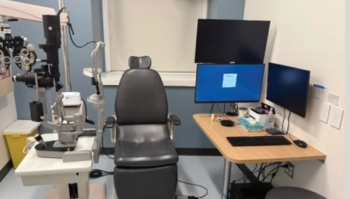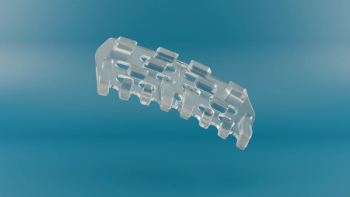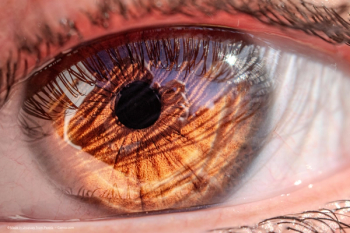
Should we be considering SLT as first-line therapy for glaucoma?
Twenty-five years ago, our algorithm for glaucoma treatment was drop, drop, drop, pill, laser, surgery
Selective laser trabeculoplasty (SLT) is a relatively new treatment for glaucoma. It works by using a specific wavelength of light to irradiate and target only the melanin-containing cells in the trabecular meshwork, without incurring collateral thermal damage to adjacent non-pigmented trabecular meshwork cells and the underlying trabecular beams. Consequently, and unlike argon laser trabeculoplasty (ALT), SLT presents a minimal risk of scar formation and is thus a repeatable technique. An additional advantage of SLT is that if trabeculectomy were desired at a later stage, the angle of the treated eye is almost pristine and would be at no increased risk from complications linked to internal scarring and fibrosis.
The study design was a retrospective chart review of 1,031 consecutive SLT cases from patients with glaucoma who underwent SLT for intraocular pressure (IOP) control between January 2002 and January 2005. We studied the effect of SLT in decreasing both IOP and the number of medications in these patients. The inclusion criteria were inclusive of, but not limited to, the risk of developing glaucoma (family history, African American ancestry, small vessel disease, etc.), thin corneas (central corneal thickness <525 µm), optic disc photographs and examinations showing suspicious optic cupping, retinal nerve fibre layer test showing loss of retinal ganglion cells, ocular blood flow testing showing decreased ocular blood flow to the optic nerve, and visual field testing showing visual field loss and scotomata consistent with glaucoma. Preoperative IOP was not a determining factor for offering SLT.
Applanation tonometry was used to measure the IOP before and after surgery and we used a two-tailed paired t-test to compare maximum pre-procedure IOP and post-procedure IOP, and the number of pre- and post-procedure glaucoma medications.
Newsletter
Get the essential updates shaping the future of pharma manufacturing and compliance—subscribe today to Pharmaceutical Technology and never miss a breakthrough.













































